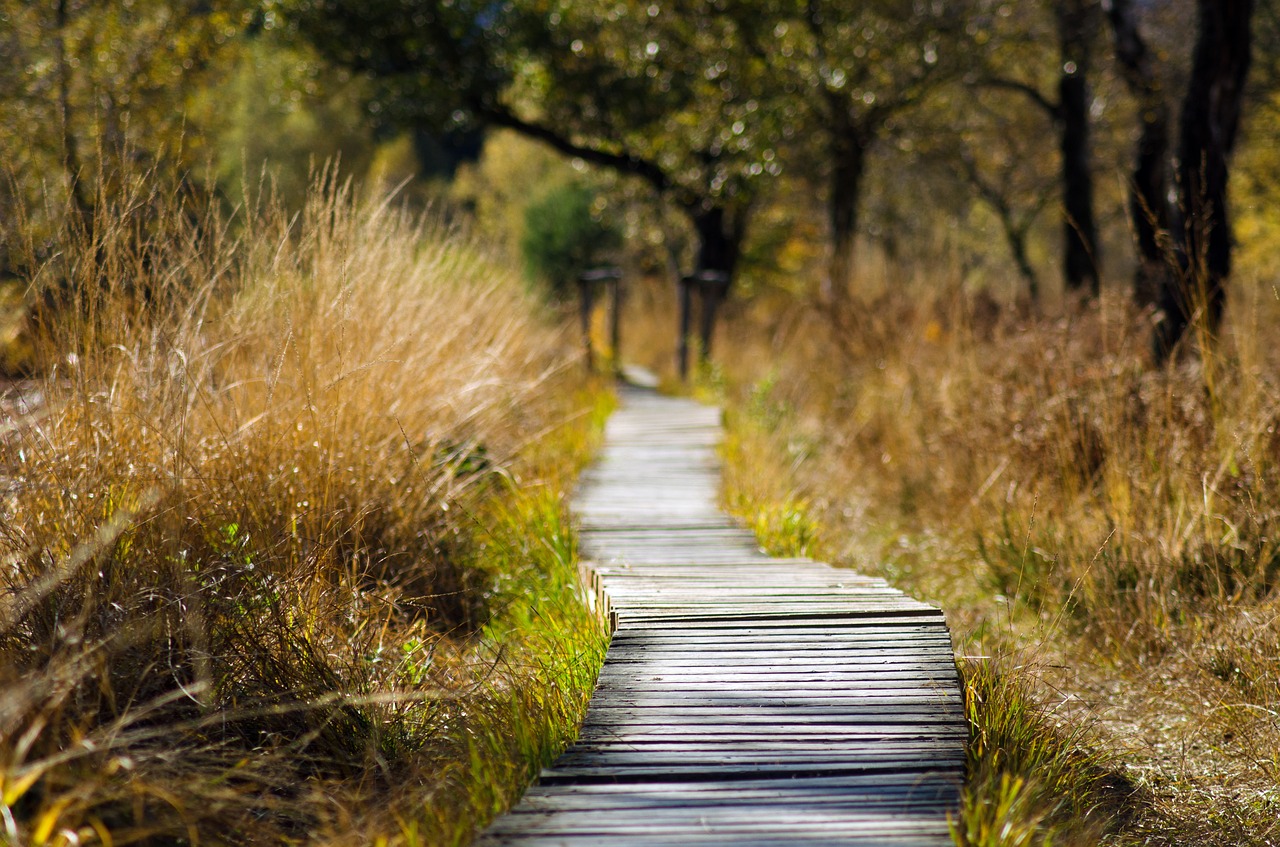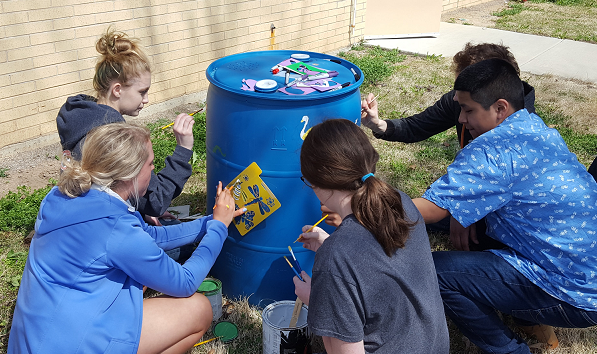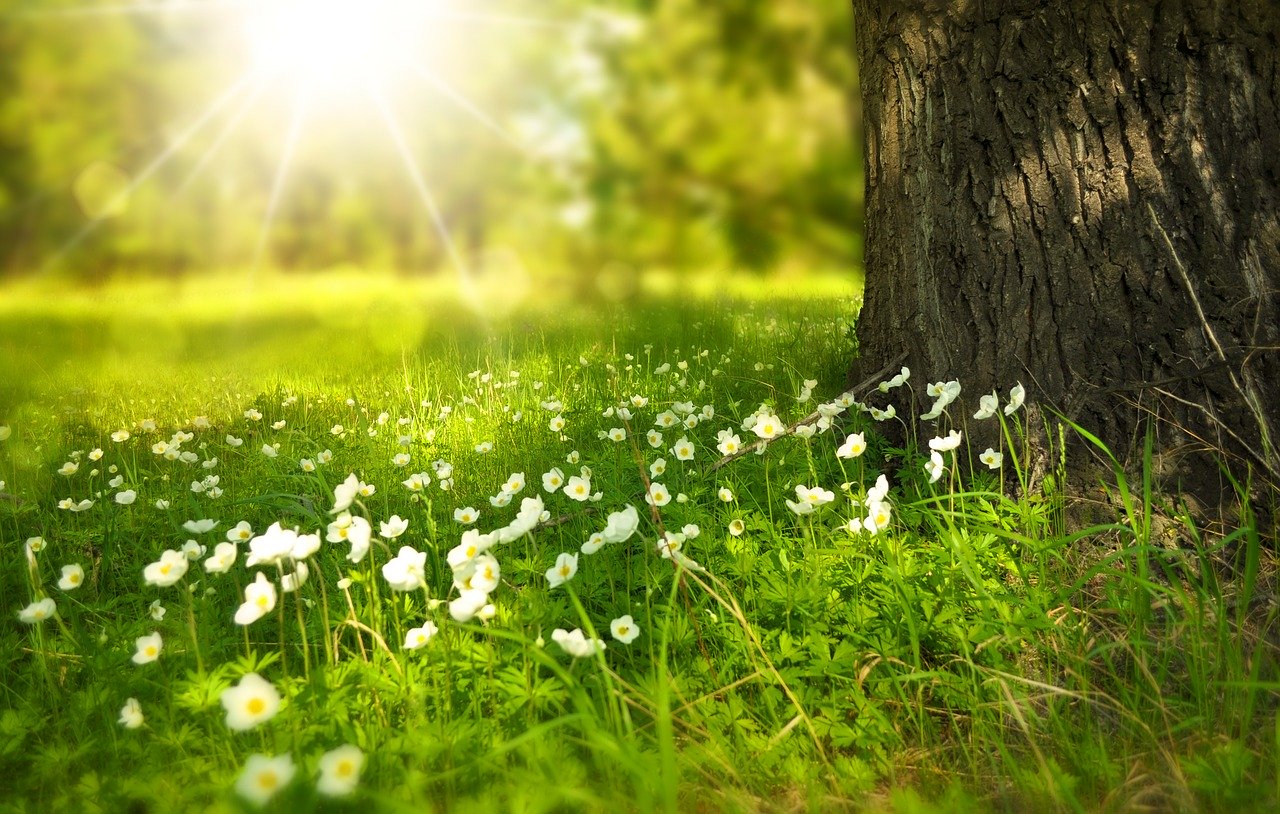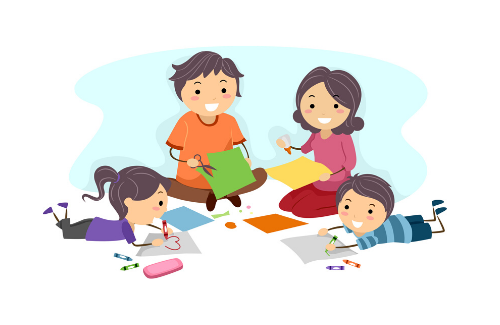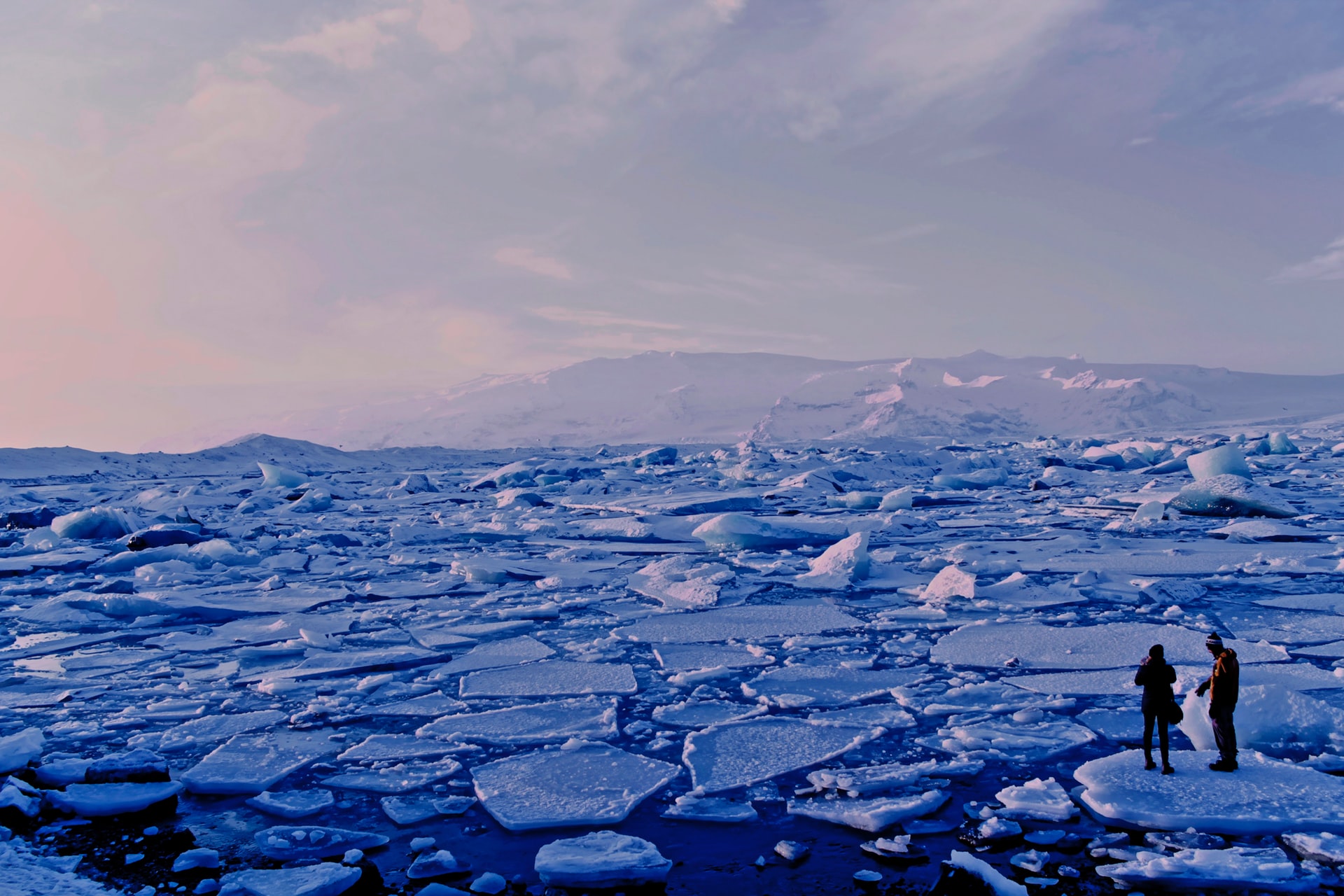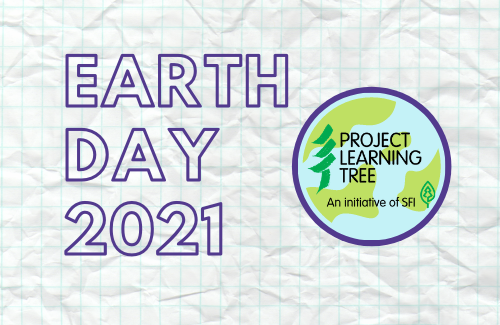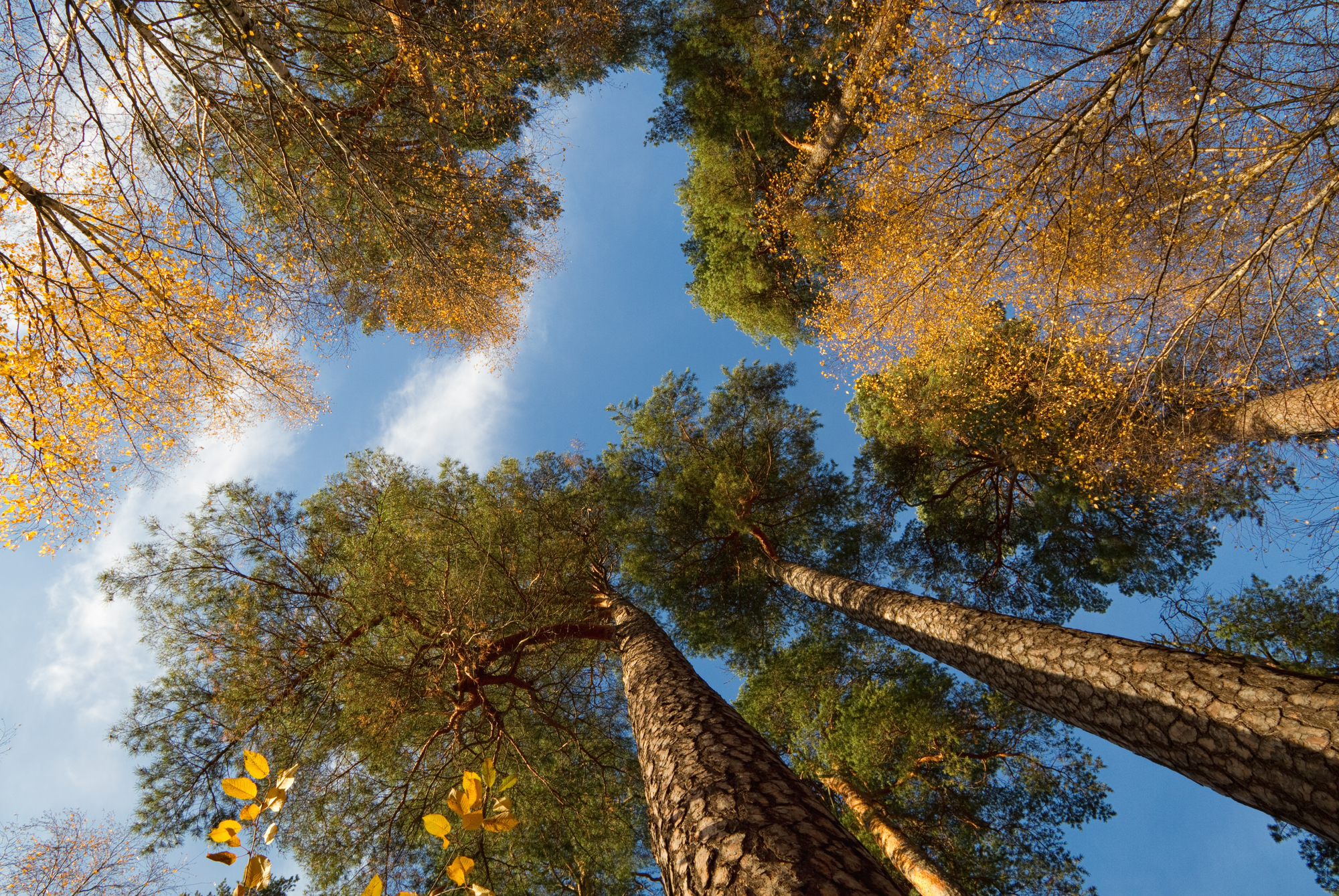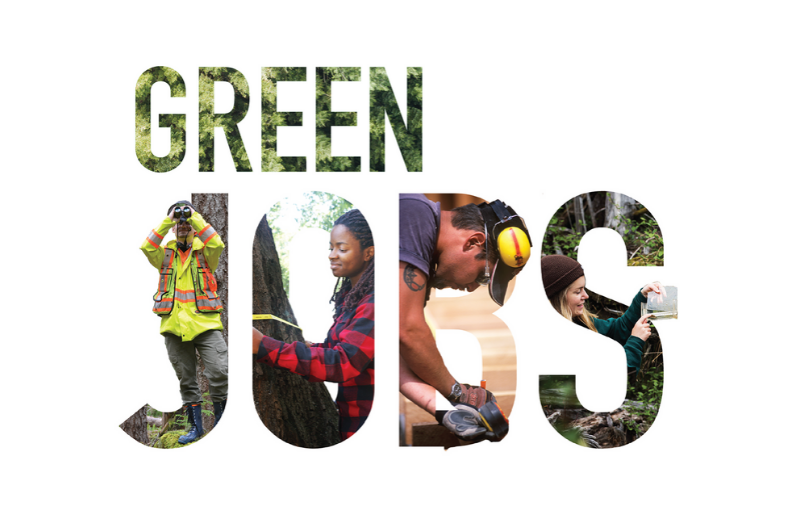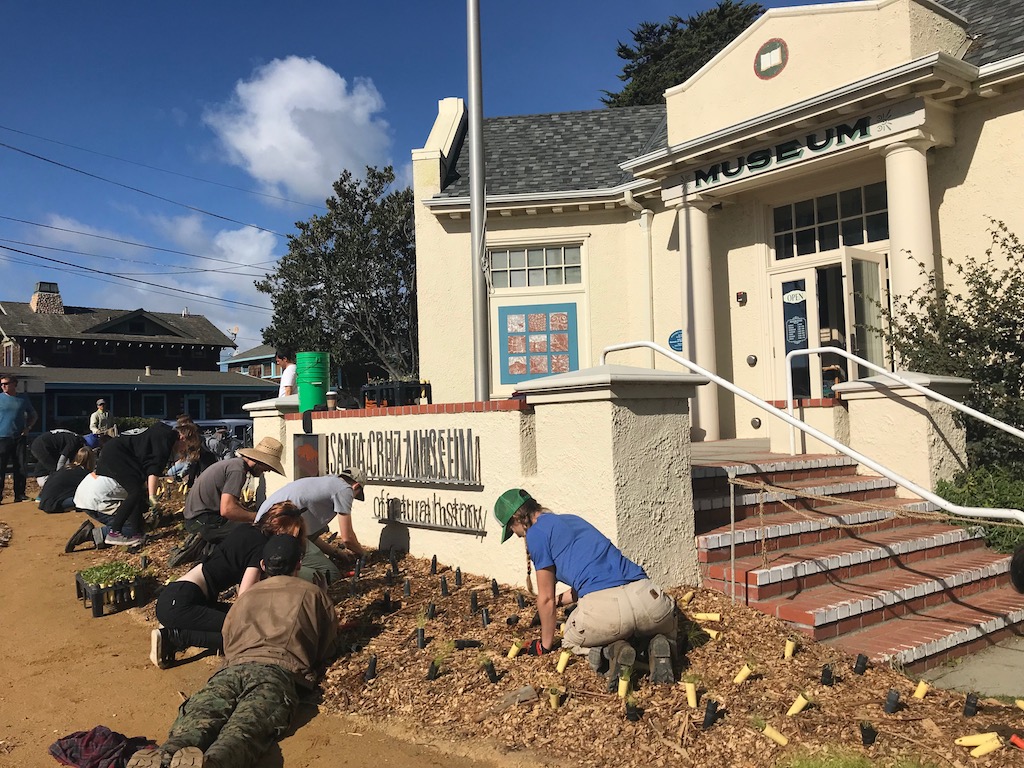Incorporate art, science, geography, and math into your next nature walk to add an educational component to your outdoor exploration. Each nature walk offers something different for children to explore. Here are some activities to make a nature walk this #EarthDay2020 an engaging and enriching learning experience for children of all ages.
Bookmark these ideas for students to conduct investigations and learn about water conservation, plus tips for how to build your own rain barrel. This story highlights students in Kansas who calculated the amount of water their school uses, and the dollar savings in water bills after they installed rain barrels.
The focus of Earth Day 2020 is to make changes toward a zero-carbon future. Here are some ideas to incorporate into your lesson plans, including online learning activities.
With schools around the world temporarily closing to slow the spread of the Coronavirus disease COVID-19, we’ve assembled this list of (free!) PLT activities that you can do at home—both inside and close-by in a safe space outside.
In recent years, there has been growing concern about rising temperatures across the globe. What is causing these changes in our climate? Why are we so concerned about it now?
Celebrate Earth Day with some inspiring stories and resources to help youth learn about sustainability issues, climate science, and the actions they can take.
Climate change may be the single biggest challenge that faces our planet today. PLT has several resources for middle and high school students to explore both the scientific and the social aspects of climate change.
Evergreens provide food and shelter for animals facing harsh winter conditions. Learn how animals use evergreen trees as food and shelter, and use these ideas to bring your students outdoors in winter and observe wildlife.
Green jobs represent one of the fastest growing and changing segments of the global economy and Project Learning Tree has a new resource for helping youth ages 12-25 explore green careers in forestry and conservation.
From cleaning and planting to painting and programming, towns and cities rely on community stewards to help take care of and utilize local parks. Find out how students in Santa Cruz, California and Madisonville, Louisiana worked with their local community to maintain and beautify parks in their neighborhood.
